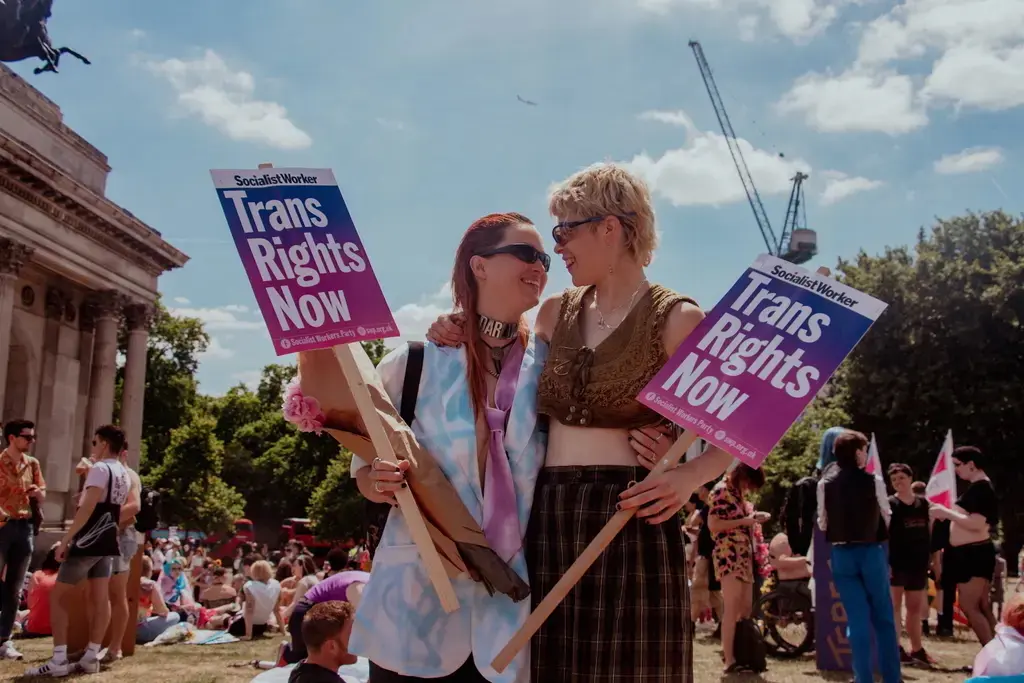Video: One woman's experiences as a Syrian refugee – Part Two
- Text by Adam White
- Photography by The Thomas Reuters Foundation
The conflict in Syria has been raging since 2011, killing 250,000 people and forcing a staggering 4.8 million Syrians to seek help and refuge in neighbouring countries and in Europe. Of the 450,000 to be granted asylum in Europe, 7,500 have made the Netherlands their new home.
One of those was Hamadi, who was forced to say goodbye to her comfortable, middle-class existence in Syria when the country became too unsafe to live. Selling everything they had, Hamadi and her family were able to flee to Turkey, before traveling further still to the Netherlands due to its ‘family reunification’ policy. Her story was told in a short documentary which can be viewed here.
Sixteen months later, director Liz Mermin and the Thomas Reuters Foundation returned to Hamadi to follow up on her journey. While her personal life had undergone enormous changes in the interim, and her grasp of Dutch had greatly improved, Hamadi continues to pine for the life she once had back in Syria.
Mermin spoke to Huck about her reunion with Hamadi, and the radical changes in Europe’s treatment of refugees in the intervening sixteen months since they last met.
What compelled you to return to Hanadi’s story?
Refugees remain refugees for a long time: the story doesn’t end when they’re granted asylum. The Syrians who are allowed to settle in Europe will, despite what most of them would wish, probably be here a long time. Hanadi was trying so hard to be positive about her new life, and had such energy and determination, I wanted to see how that spirit held up to the realities she would face: the challenge of learning the language, finding work, finding friends, fitting into the community.
I was also curious how her marriage had fared. And, indeed, away from judgmental friends and relatives, she was able to get a divorce – and was very happy about that.
What did you feel had changed in the intervening months, both for Hanadi and Europe as a whole?
Even while we were filming a prominent Dutch politician came out and said Syrians should all be sent back. The tide has turned in the European public’s attitude towards refugees. But we didn’t see much of that in the two days we filmed with Hanadi. She was more worried about getting on with her life, and about her family back in Damascus, then she was about attitudes towards Syrians in the Netherlands.
Perhaps this was a benefit of a small town: people mind their own business. It’s probably also easier for her as a woman. Her son, an engineer, used to work in airports – and he said, “No one will let me near an airport in Europe now.”
The humiliating realities of having to start again really came through. Yes, Hanadi and her family are safe, they have a home, and they are eternally grateful for that; but they are isolated from their loved ones and very worried for their safety. They have to start again, feeling their way through a foreign language and struggling to be offered the most menial jobs, while all around them people act like they are receiving special privileges.
I found Hanadi’s relentless optimism in the face of all this inspiring, but her constant smile should not be interpreted as a sign that she is content. How could anyone be, when their country is being destroyed and their relatives could be killed at any moment?
Watch Starting Over: A Syrian’s New Life in the Netherlands above, courtesy of the Thomas Reuters Foundation.
Enjoyed this article? Like Huck on Facebook or follow us on Twitter.
You might like

Meet the Kumeyaay, the indigenous peoples split by the US-Mexico border wall
A growing divide — In northwestern Mexico and parts of Arizona and California, the communities have faced isolation and economic struggles as physical barriers have risen in their ancestral lands. Now, elders are fighting to preserve their language and culture.
Written by: Alicia Fàbregas

A new book explores Tupac’s revolutionary politics and activism
Words For My Comrades — Penned by Dean Van Nguyen, the cultural history encompasses interviews with those who knew the rapper well, while exploring his parents’ anti-capitalist influence.
Written by: Isaac Muk

A reading of the names of children killed in Gaza lasts over 18 hours
Choose Love — The vigil was held outside of the UK’s Houses of Parliament, with the likes of Steve Coogan, Chris O’Dowd, Nadhia Sawalha and Misan Harriman taking part.
Written by: Isaac Muk

After Assad’s fall, Syria’s musicians rebuild from the rubble
Spaces Between the Beats — Following decades of dictatorship and 14 years of civil war, the country’s classical and creative scenes have an opportunity to build from scratch. Andrei Popviciu speaks to the people hoping for a flourishing new era of art and sound.
Written by: Andrei Popoviciu

Youth violence’s rise is deeply concerning, but mass hysteria doesn’t help
Safe — On Knife Crime Awareness Week, writer, podcaster and youth worker Ciaran Thapar reflects on the presence of violent content online, growing awareness about the need for action, and the two decades since Saul Dibb’s Bullet Boy.
Written by: Ciaran Thapar

The UK is now second-worst country for LGBTQ+ rights in western Europe
Rainbow regression — It’s according to new rankings in the 2025 Rainbow Europe Map and Index, which saw the country plummet to 45th out of 49 surveyed nations for laws relating to the recognition of gender identity.
Written by: Ella Glossop

